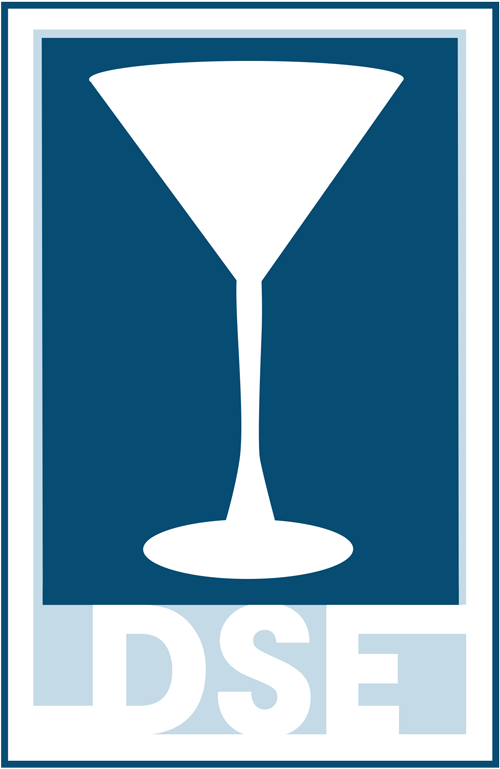New Twist on the Value of Alcohol Use Screening
By Batya Swift Yasgur, MA, LSW
March 23, 2020
Screening for alcohol use may help identify patients that should receive further screening for adverse mental health conditions and other substance use.
Investigators found high alcohol used scores were significantly associated with depression, anxiety, and crack, cocaine, or other stimulant use.
“These findings suggest alcohol screening can inform decisions about further screening and diagnostic assessment for depression, anxiety and some drug use outcomes,” the investigators, led by Maria R. Kahn, PhD, MPH, Department of Population Health, New York University School of Medicine, write.
“Our findings underscore the potential for alcohol screening, which is recommended as a standard practice in most primary care settings, to provide an additional benefit of identifying patients with a high risk of other clinical conditions,” the researchers add.
The study was published online March 12 in JAMA Network Open.
Clinically Meaningful
The US Preventive Services Task Force (USPSTF) recommends screening for depression, alcohol, and tobacco use, but does not recommend screening for illicit drug use or anxiety, the authors note.
Given that unhealthy alcohol use is associated with mood and anxiety disorders, as well as use of other substances, the researchers looked at whether alcohol screening may help flag patients with these types of co-morbid conditions.
The longitudinal cohort study used data from the Veterans Aging Cohort Study (VACS). Data were collected at eight Veterans Health Administration (VHA) facilities from 2003 through 2012. A total of 7510 participants were enrolled, completed a baseline survey, and were followed up.
The 10-item Alcohol Use Disorders Identification Test (AUDIT) and the 3-item AUDIT-C were used to assess alcohol use, with four risk groups delineated for each test.
These included scores of 0-7 (reference group), 8-15, 16-19, and the maximum score of 20-40 for the full AUDIT. Risk groups for the AUDIT-C were 0-3 (reference), 4-5, 6-7, and 8-12 (maximum score).
Of the 7510 participants, 6431 (95% male; median age, 50 years) were included in the analyses. Participants completed one or more follow-up surveys and were receiving care from the VHA when the AUDIT was administered.
Of the male participants 4271 (66%) were African American, 1498 (24%) were white, and 590 (9%) were Hispanic.
The investigators found that compared with the reference group, the highest alcohol use scores were associated with depression (odds ratio [OR], 8.37; 95% CI, 6.20 – 11.29) and anxiety (OR, 8.98; 95% CI, 6.39 – 12.60) and with self-reported use of tobacco (OR, 14.64; 95% CI, 8.94 – 23.98) crack or cocaine (OR, 39.47; 95% CI, 27.38 – 56.90), other stimulants (OR, 21.31; 12.73 – 35.67), marijuana (OR, 12.41; 8.61 – 17.90), and injection drugs (OR, 8.67; 5.32 – 14.13).
“This study is the first, to our knowledge, to assess the value of using the AUDIT and AUDIT-C for the potential identification of conditions that commonly cluster with alcohol use,” the authors write.
The investigators note that the study has some limitations. Most importantly, they note that they assessed alcohol-clustering conditions using brief screening tools or self-reported endorsement rather diagnosing with a formal instrument.
Therefore, they note “it is possible AUDIT or the AUDIT-C would have different associations with clinically diagnosed conditions; hence, our findings on test performance of these tools for identification of conditions would be affected.”
The investigators also point out that the study findings are “only generalizable to veterans receiving care in the Veterans Health Administration. It is possible that associations between unhealthy alcohol use and other conditions may differ among veterans compared with nonveterans,” they write.
They conclude that additional research is needed to assess alcohol use screening as an indicator of associated conditions in diverse groups.
“Our findings underscore the potential for alcohol screening, which is recommended as a standard practice in most primary care settings, to provide an additional benefit of identifying patients with a high risk of other clinical conditions. Using information from alcohol screening to trigger assessment of conditions expected to cluster with alcohol use appears to be a promising way to improve case finding and, by extension, treatment of depression, anxiety, and drug use disorder,” the investigators conclude.
A Critical Red Flag
Commenting on the study for Medscape Medical News, Carol J. Weiss, MD, clinical associate professor of psychiatry, Weill Cornell Medical College/New York-Presbyterian Hospital, described the study as “extremely well done.”
Weiss, who is also chair of the Scientific Program Committee at the American Academy of Addiction Psychiatry and was not involved with the study, said that pinpointing the specific drug comorbidities and mental health comorbidities was a unique feature of the study.
However, she noted, there is a distinction between “primary” and “secondary” alcohol use disorder.
“The self-medication hypothesis suggests that depression and anxiety are medicated by other drugs, such as alcohol, and this might be considered ‘primary,’ but ‘secondary’ disorder takes place when people develop depression and anxiety as a result of the alcohol or drug use because the drugs themselves are depressogenic and anxiogenic,” she said.
To make an accurate diagnosis of depression or anxiety “one must ask the patient to stop using alcohol or drug and if the depression persists, then depression is the diagnosis — something the investigators didn’t factor for in the study,” she added.
Nevertheless, Weiss said, “the takeaway is when you do these screenings and the findings are positive, that is a red flag for you to pursue further symptoms of anxiety and depression and other drugs correlated with positive results.”
This study was supported by the National Institute on Alcohol Abuse and Alcoholism and the Veterans Aging Cohort Study primary data collection. Kahn and Weiss have disclosed no relevant financial relationships.
